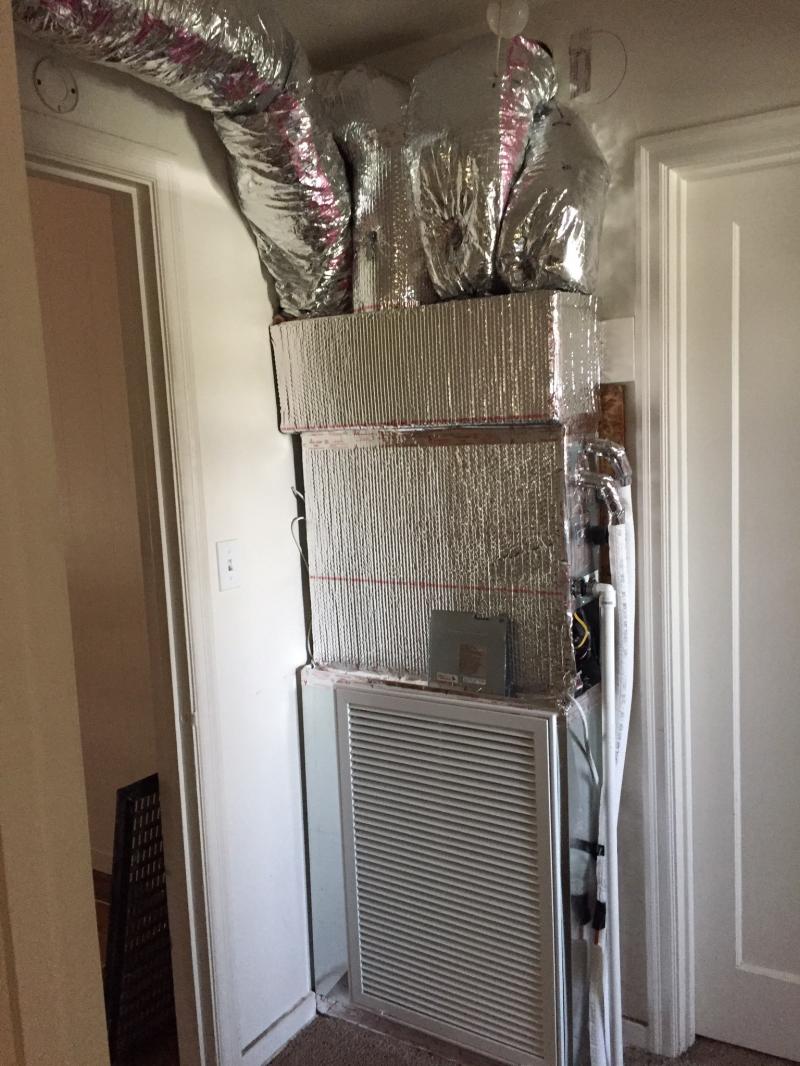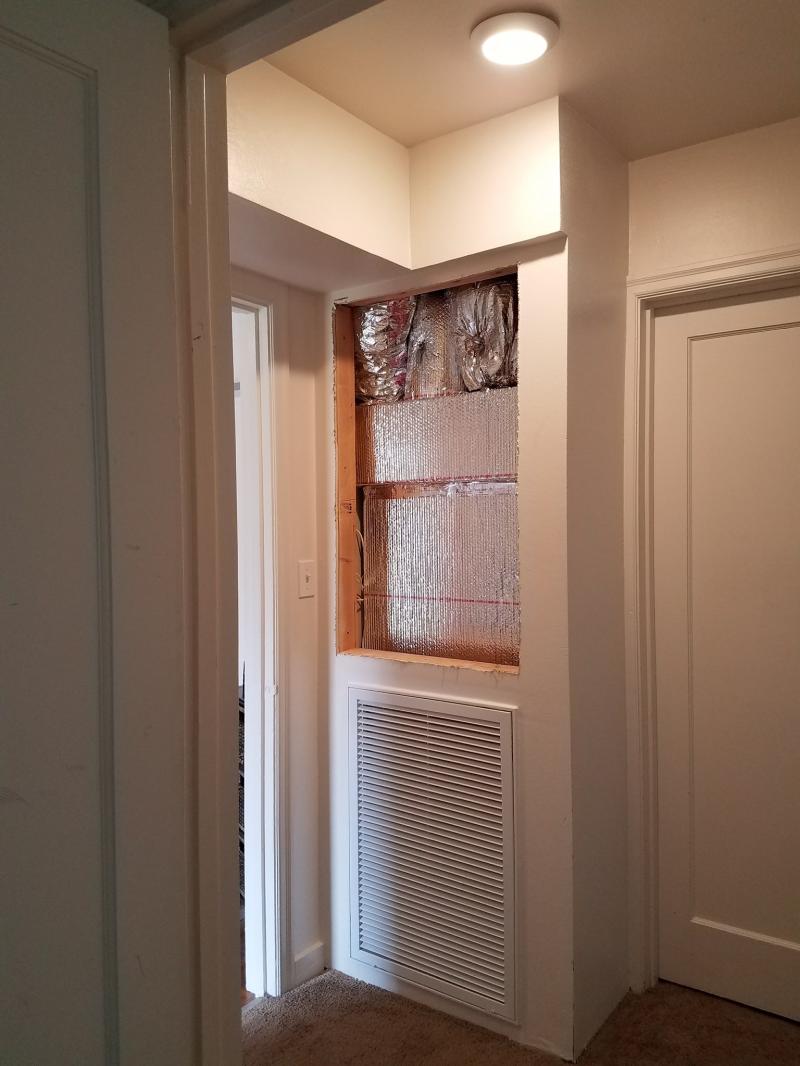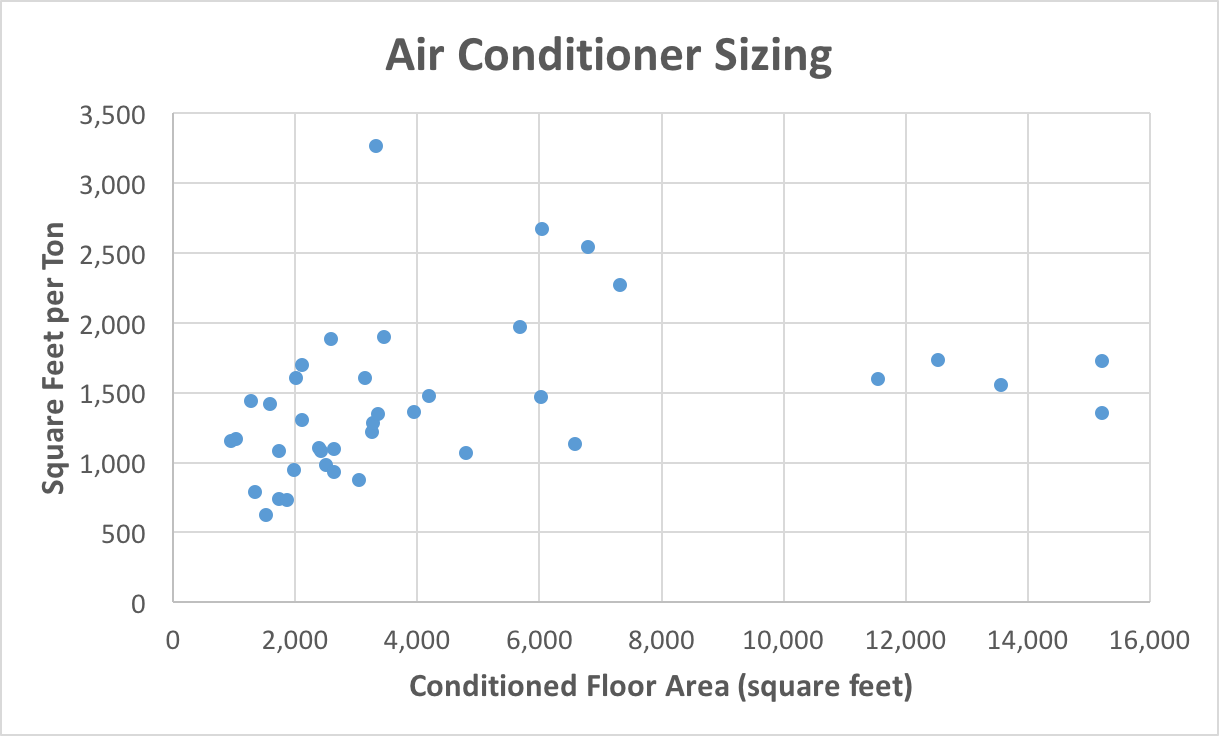An 80 gallon tank full of 140F water can fill a 100 gallon Jacuzzi at N.Cal type incoming water temps. Why do you think you're going to run out? Do you have three big tubs that might all need filling at the same time?
It's possible that a SINGLE 80 gallon Light Duty with the 76K burner can cover all your loads. That's about twice the burner of a typical 50 gallon standalone, and substantially more storage capacity too. I was throwing out the big-burner Phoenix option as an example of something that would beat most 80 gallon tank + tankless options.
It's also possible that an 80 gallon heat pump water heater would cover it too, but the recovery times are a LOT slower than a 76KBTU gas-burner.
Water use by laundry & dishwashing is miniscule unless you're running a professional service and running a handful of washers at the same time. If it's just one washer, even if it's in constant use, it's just a blip of intermittent not very big draws. At 50F incoming water and a 140F storage temp the US-average 8 minute 2 gpm shower is only going to draw 9.6 gallons out of a 140F tank. Six of them back to back in succession or in parallel only add up to 58 gallons, so it'll make it. You'd only need more than 80 gallons if you're filling more than two standard sized bathtubs at the same time as some other large load, such as shower.
Which Mitsubishi had you been looking at for the second floor? Their smallest bigger deal split air handlers may be bigger than the upstairs cooling load, and some of them only have a ~2:1 turn down ratio, which isn't enough room to modulate down to your actual loads. To get max comfort & efficiency out of modulating systems it's really important to get aggressive accurate Manual-J load numbers before selecting the equipment.
The HVAC plan in general sounds like overkill. The smallest Carrier Infinity 98 is 60,000 BTU/hr (max-in) and even locked to run at it's
minimum output of ~24,000 BTU/hr would be somewhat oversized for a code-min 2500' house in Oakland. At full fire it's ludicrously oversized (which is true of all too many hot air heating systems in the US.) Being ludicrously oversized doesn't hurt hot-air system efficiency, but it takes a real toll on comfort. When it's actually cold out you want the thing to run nearly continuously modulating with load almost never satisfying the thermostat rather than suffering the chill in the pauses between burns. Set up to run 2 zones it'll satisfy any single zone pretty quickly due to it's oversizing, with lots of down time between calls for heat.
You can do better!
Even a sub-code ~
1200' ranch house in Sacramento can be heated & cooled by a 1-ton or
1.5 ton Fujitsu slim-duct cassette mini-split. A first floor of a 3000' 2-story might be fully covered for both heating & cooling with the
3/4 tonner. (Oakland's 99% design temp is 36F, 4F warmer than Sacramento's 32F, so your heating loads will be somewhat lower, all else being equal.) Have you had any careful load calculations done? (Don't trust the average HVAC company to do it right. A RESNET rater, engineer, or architect selling load calculations as a service is a better bet.)
The 1.5 tonner in the pictures is the installation in the house in the blog link. With 21,600 BTU/hr nominal capacity @ +17F (over 25K max) it's a bit overkill for the 99% load at 32F, but not ridiculously overkill like an Infinity 98 almost certainly is for your house Unlike the Infinity 98 it can modulate down to as low as 3100 BTU/hr out @ 47F. That's barely 13% of the min-fire output of the smallest Infinity 98, which means it will always run extremely long, comfortable cycles, even when it's not super-cold out, modulating up /down a bit to stay near the setpoint without actually turning off or blasting at full-power.
If you program the wired remote to behave like a thermostat (sensing temp at the remote rather than it's modulating based on the temperature of the return air) it can deliver ultra-stable temperatures at VERY high as-used efficiency in your climate, and would probably even have a cheaper operating cost than a gas-burner.
That ~15" deep ~40" wide closet is the extent of the "mechanical room" for the heat pump! The big grille is the return. There's a very short wide plenum before it splits out into four flex runs to remote registers, some of the ducts are boxed in by soffits below the ceiling level. If you have a full basement the first floor system and ducts could all be in the basement. For the second floor something like this installation could work, or putting it in the top/side of a closet, etc.
A mini-ducted Fujitsu (size TBD by load calculations) per floor would really do it for most houses in your area, unless it's huge sprawling ranch or something. The guy who designed and implemented the system in the pictures is Larry Waters, who posted in the picures in the comments section. He seems very competent, and he posted his number in the comments section too: 707-342-1981




